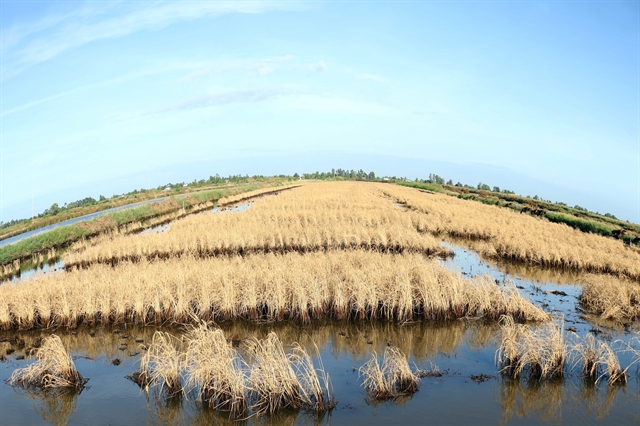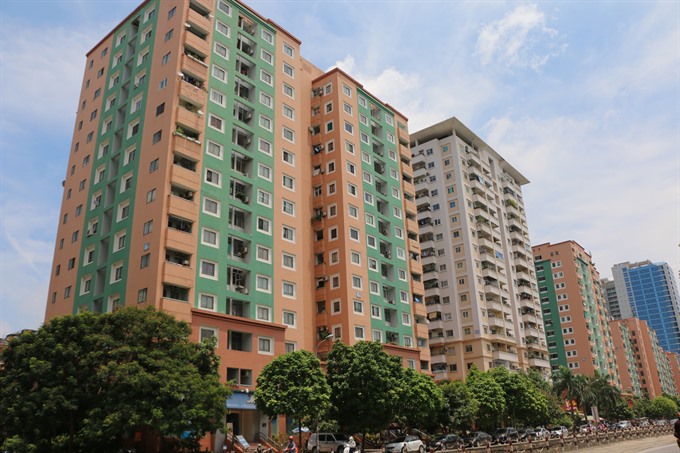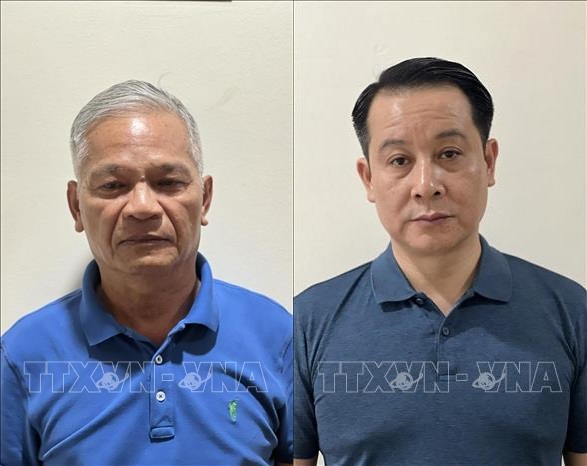 Environment
Environment

A workshop was co-held by the Ministry of Construction and the US Agency for International Development (USAID) in Hà Nội yesterday to implement the action plan for green growth in the building sector.
 |
| Apartment buildings in the Mỹ Đình 2 urban area in Hà Nội’s Nam Từ Liêm District. Việt Nam is among countries with the fastest rate of urbanisation, which leads to significant increases in Green House Gass, according to Michael Greene, director of the US Agency for International Development (USAID) in Việt Nam. — VNS Photo Đoàn Tùng |
HÀ NỘI — A US-funded programme is providing significant help in implementing an action plan for green growth in the building sector by laying the ground for substantial energy and Green House Gas (GHG) reductions.
It has imparted, through training courses, relevant technical knowledge and skills to thousands of professionals and other stakeholders.
Details of the programme were highlighted and discussed a at a workshop jointly held by the Ministry of Construction and the US Agency for International Development (USAID) in Hà Nội yesterday.
Speaking at the event, Lê Trung Thành, Director of the Department of Science Technology and Environment under the Construction Ministry, stressed the side-effects of economic development: pollution, resource exhaustion, and energy crisis.
He noted that Việt Nam was among countries suffering the most from climate change impacts like rising sea levels, drought and floods. This had prompted the government to prepare a national action plan for green growth from 2014-2020.
With support from the USAID’s “Việt Nam Clean Energy Programme: Energy Efficiency Promotion”, the ministry has formulated the action plan for the building sector by 2020 with a vision to 2030.
”The programme offers building owners free technical support to provide building energy simulations that can help them achieve substantial energy and Green House Gas (GHG) reductions for their newly-designed and retrofitted building demonstration projects,” the USAID said.
It also offers training in integrated design, building energy simulation and incorporation of energy code requirements into construction processes.
Furthermore, it provides urban managers and leaders with expertise from American green building and sustainable urban energy development experts.
USAID Việt Nam Director Michael Greene said Việt Nam was among countries with the fastest rate of urbanisation, which leads to significant increases in GHG. Energy consumption may triple between 2010 and 2020, he said
He underlined the necessity to integrate the Việt Nam Energy Efficiency Building Code (VEEBC) into the building sector’s action plan for green growth.
So far, some 3,000 architects, engineers, project managers, government officials and practitioners from 40 provinces have benefited from the programme’s training courses, receiving technical knowledge and skills to effectively enforce and implement the VEEBC.
The programme has also surveyed 280 buildings to develop a national database on building energy performance. — VNS









